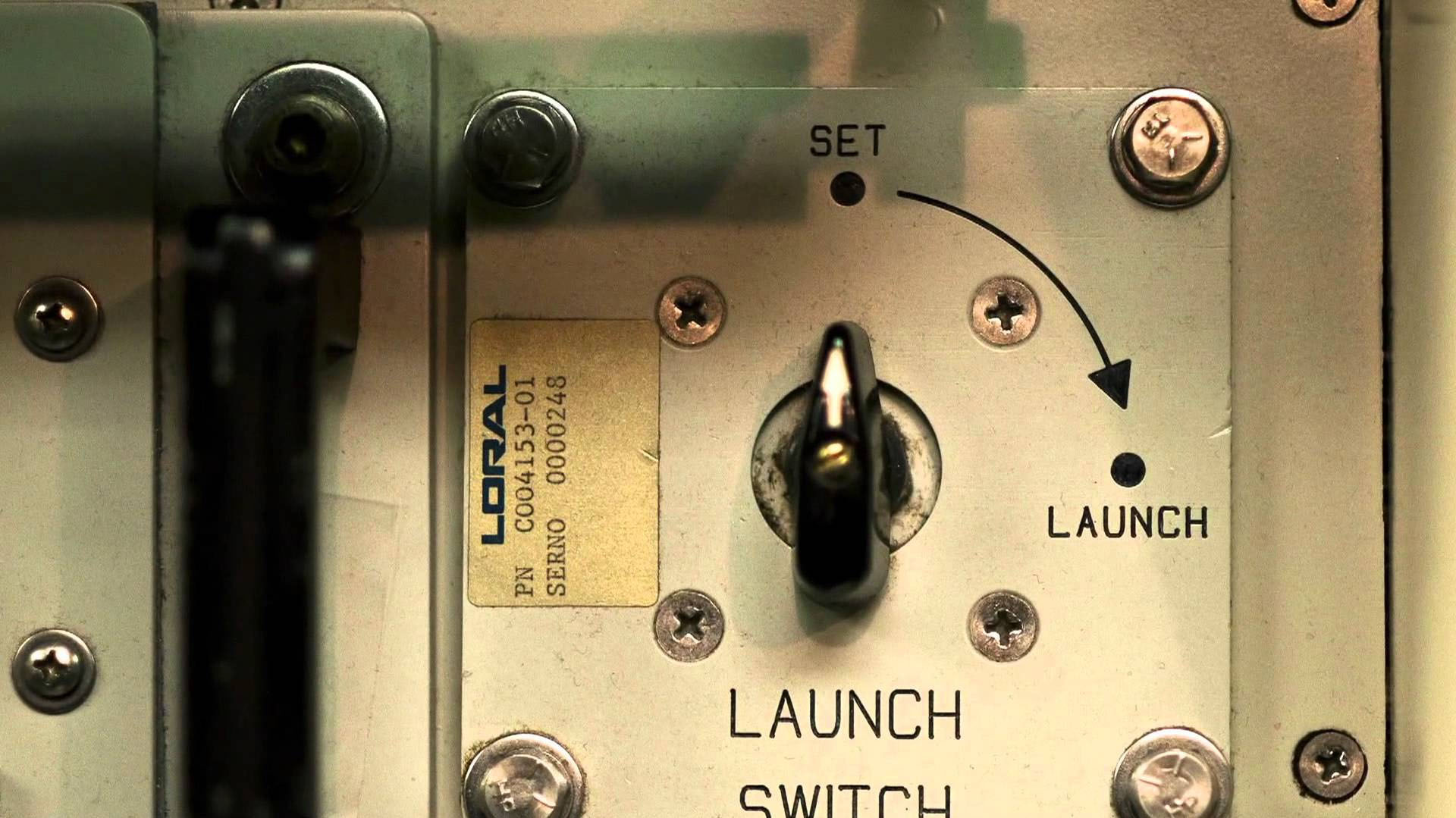Date
January 1985
Document
- View PDF (406 KB)
Description
This article concerns itself with the various aspects of nuclear command and control. Specifically, the article is centered around Command, Control, Communications, and Intelligence (C3I – “C cubed eye”). C3I has four primary parts: command posts, sensors, communications links, and procedures for the use of all of this equipment. Each of these is discussed in depth.
The first covered is the procedural aspect. Nuclear forces operate under intense decision making burdens. They must balance positive control (attack reliably for an authentic order) and negative control (don’t attack unless so ordered). In peacetime, this readiness is easy enough to establish, but under the circumstances of a nuclear war, the reliability of these systems becomes questionable and even doubtful.
Procedurally, in the event of a perceived nuclear attack, the U.S. bomber fleet would take off from their bases and enter holding patterns over U.S. and allied territory until they receive the “Go” order to attack their intended targets. Initial sensor data would be used to brief the President, who would then be taken to a secure location, most likely Airforce One or a National Emergency Airborne Command Post (NEACP – “Knee Cap”), which is the President’s doomsday plane tasked with communicating with U.S. nuclear forces during and after an attack. While most planes are nearly impervious to nuclear attack once in the air, while on the ground they are extremely vulnerable, therefore getting airborne rapidly is essential. The article discusses the communications methods that could potentially be deployed by this aircraft to initiate an attack order, as well as the drawbacks associated with each method in a real world scenario.
While intuitive, these procedures would be useless if not for the technology that makes them possible, and therefore the primary deficiency in our C3I infrastructure is technological. Beyond direct line-of-sight communication becomes extremely difficult under the circumstances of a nuclear war. Long-range radio communications rely on the transparency of the lower ionosphere, and the reflectivity of the upper ionosphere. A high-altitude nuclear explosion would flood the ionosphere with charged particles, changing the lower ionosphere from its ordinarily transparent state to an absorbent state, largely inhibiting any long-range radio communications. Physical landlines also have clear drawbacks in that they are easily destroyed by nuclear impacts. Potential solutions to the issue of communications issues outlined here are discussed in the article. They include direct blue-green light transmission, very low frequency (VLF) and extremely low frequency (ELF) radio transmissions (primarily used to communicate with submariners), mobile communications infrastructure, and hardened infrastructure.
Identifying a nuclear attack is also of paramount importance. With the potential time to react being well under an hour, understanding the nature of an attack can be difficult. Early warning systems are used to identify missile launches, and calculate the trajectories and future impact locations of each missile. Again, under perfect conditions, the system works very well, but an emp (electromagnetic pulse) generated by a nuclear explosion could blind these systems, and anti satellite systems could also prove to eliminate the ability of the U.S. to identify and react before our command and control is taken out by an attack.
In certain war game scenarios, a ballistic missile fired from a nuclear submarine off the coast of Washington D.C. could destroy the capital in ten minutes, effectively decapitating our command and control system. Lacking a President and successors, our nuclear forces wouldn’t have any authentic orders to initiate a response.
The article also comments on the Reagan Administration’s Strategic Modernization Program in which C3I is set as a primary focus. This program includes MX Intercontinental Ballistic Missiles (ICBM’s), Trident II missiles (SLBM’s), and sea-launched cruise missiles (SLCM’s), B-1 and stealth bombers, air-launched cruise missiles (ALCM’s), and the Strategic Defense Initiative (or Star Wars Project). Still, only about 10% of the total defense spending on strategic nuclear deterrence goes towards C3I.
The intrinsic doctrine of a nuclear war is unlike any war planning scenarios the world has ever seen, and is heavily reliant on C3I to establish a strong deterrent. An effective deterrent must be able to identify a threat, communicate and effectively receive authorization from leaders, and respond quickly or be able to survive a nuclear attack and respond. Such is the burden of C3I systems.
Citation
Carter, Ashton B. 1985.The Command and Control of Nuclear War. Scientific American.
Provenance
Scientific American Volume 252, Number 1
Topics
Document entry started by Michael Gajdosik on August 17, 2020. Entry last updated by Michael Gajdosik on August 17, 2020.

